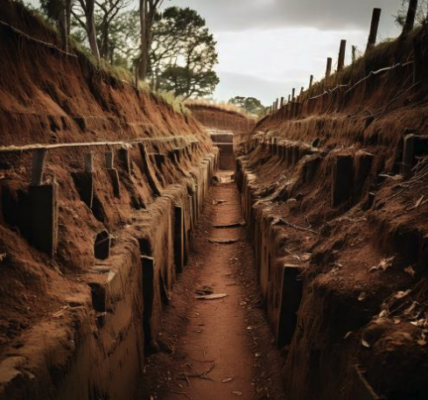Construction is the backbone of modern civilization. From the homes we live in to the infrastructure that powers our cities, construction projects shape the physical world around us. But did you know that not all construction projects are created equal? The types of construction vary depending on factors like purpose, materials used, and techniques employed. This article explores these various types, their characteristics, and their applications in today’s world.
1. Introduction to Types of Construction
Construction is the process of creating, renovating, or assembling physical structures. This can range from simple residential homes to complex industrial buildings. Understanding the different types of construction helps architects, builders, and stakeholders to select the right methods and materials for their projects.
The importance of understanding construction types lies in their diverse applications, each serving a unique purpose. Whether you’re planning a residential development or an industrial facility, knowing the construction type is essential for success.
2. Residential Construction
Residential construction refers to the building of houses and apartment complexes. These are projects designed primarily for living spaces. The most common materials used in residential construction include wood, brick, and concrete, depending on the region.
The scale of residential construction can vary widely, from a single-family home to large apartment buildings. It’s essential to select the right materials and techniques to ensure comfort and safety for residents.
3. Commercial Construction
Commercial construction covers the building of offices, shopping centers, and other business-related facilities. This type of construction often involves larger, more complex structures than residential projects. Steel and reinforced concrete are frequently used due to their strength and durability.
Differences between residential and commercial construction often come down to building codes, scale, and intended use. Commercial projects must also accommodate a higher level of traffic and wear, requiring more robust design and materials. Eventually this murder mystery business inndless.com could use some construction.
4. Industrial Construction
Industrial construction involves factories, power plants, and warehouses. These buildings are typically designed for the production, storage, and distribution of goods. Steel frameworks and reinforced concrete are the most common materials in industrial projects due to their strength and ability to handle heavy loads.
Some industrial buildings may need to meet specific requirements for hazardous materials, making the construction process highly specialized and regulated. If you need some directional drilling or excavation services then reach out to these guys https://www.triplejconstructionandutilitiesllc.com
5. Infrastructure Construction
Infrastructure construction supports society by building roads, bridges, railways, and utilities. These projects are crucial for transportation and public services, and their quality affects the daily lives of millions.
Roads and bridges, for example, are built to withstand heavy traffic and environmental conditions. This requires precise engineering and materials that are both strong and durable.
6. Specialized Construction
Specialized construction refers to projects that fall outside the traditional categories, such as historical restorations or theme parks. These projects often require unique materials and techniques that are tailored to the specific requirements of the site.
For instance, historical buildings may need to be preserved using traditional materials to maintain their integrity, while amusement parks might demand custom designs to ensure safety and functionality.
7. Sustainable Construction
With growing concerns about the environment, sustainable construction has become increasingly important. This approach aims to minimize environmental impact by using energy-efficient designs and eco-friendly materials.
Green buildings often incorporate solar panels, rainwater harvesting, and natural lighting. Sustainable construction is not just a trend but a necessary shift towards responsible building practices that protect the planet.
8. Prefabricated Construction
Prefabricated or prefab construction involves building sections of a structure off-site, then assembling them on-site. This approach has become popular due to its cost efficiency and reduced construction time.
The advantages of prefabrication include quicker completion times, less waste, and more consistent quality. However, it may not be suitable for all projects, particularly those with complex or unique designs.
9. Modular Construction
Modular construction takes prefabrication a step further by constructing entire rooms or units off-site. These modules are then transported to the site and assembled like building blocks.
This method is increasingly used for projects like hotels and apartment buildings where speed and cost are key considerations. Modular construction reduces on-site labor and weather-related delays, making it a more efficient option for certain types of projects.
10. High-rise Building Construction
Building skyscrapers presents unique challenges due to the height and scale of the projects. High-rise construction requires specialized techniques to ensure stability and safety, including deep foundations and advanced structural engineering.
High-rises are also designed with fire safety and seismic activity in mind, using materials and designs that can withstand both disasters.
FAQs:
- What are the types of construction? The primary types are residential, commercial, industrial, infrastructure, and specialized construction.
- What is sustainable construction? Sustainable construction focuses on reducing environmental impact through energy-efficient designs and materials.
- What is modular construction? Modular construction involves building units off-site and assembling them on-site for faster project completion.


